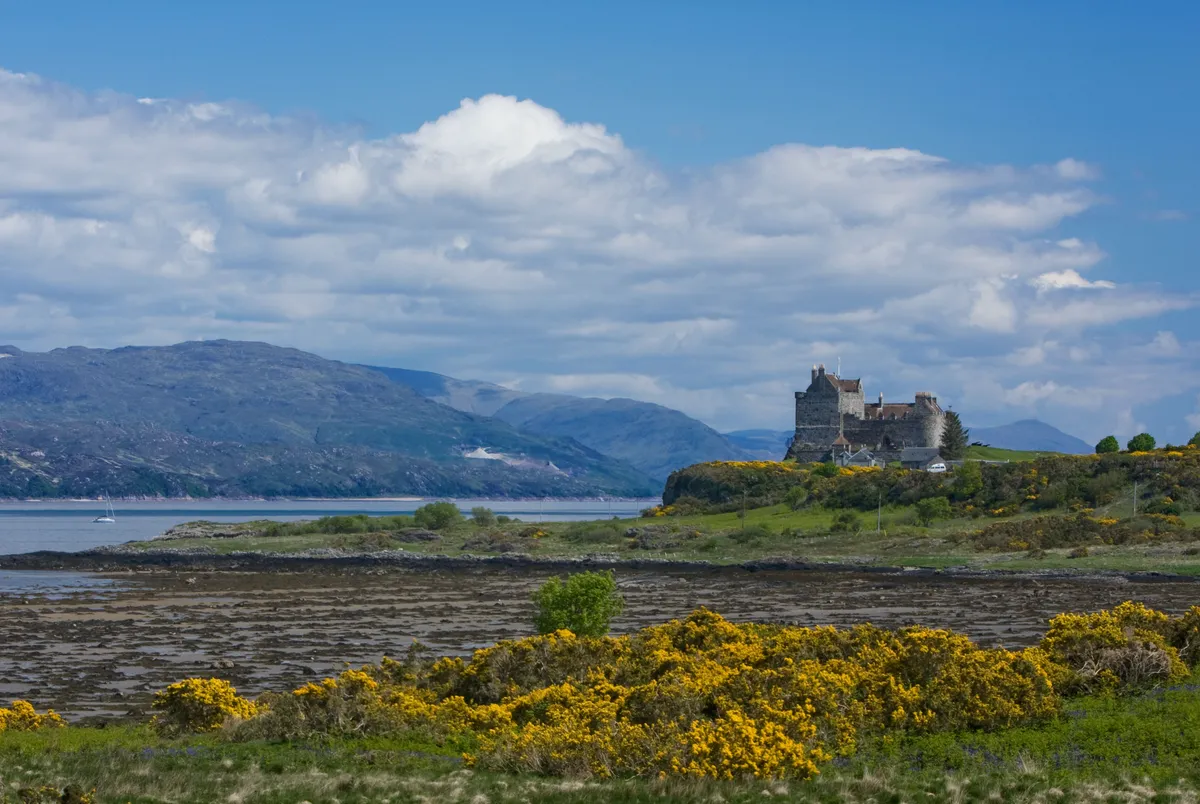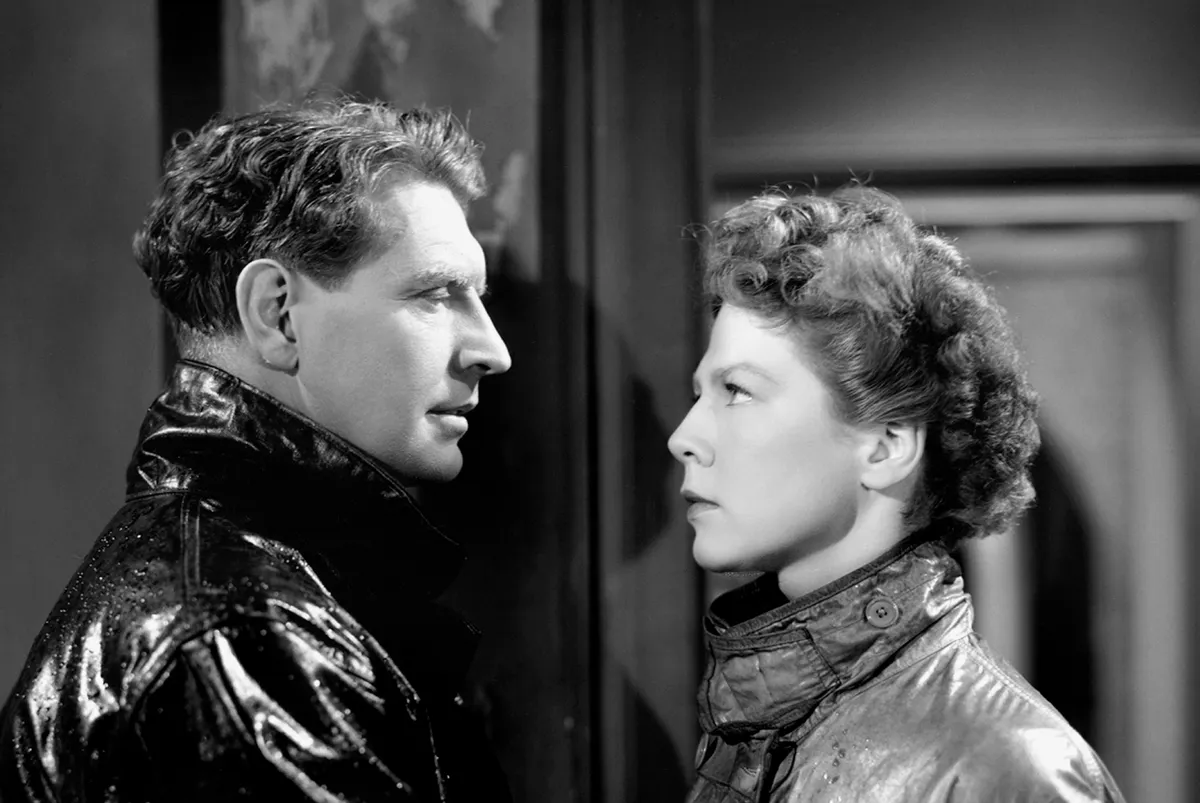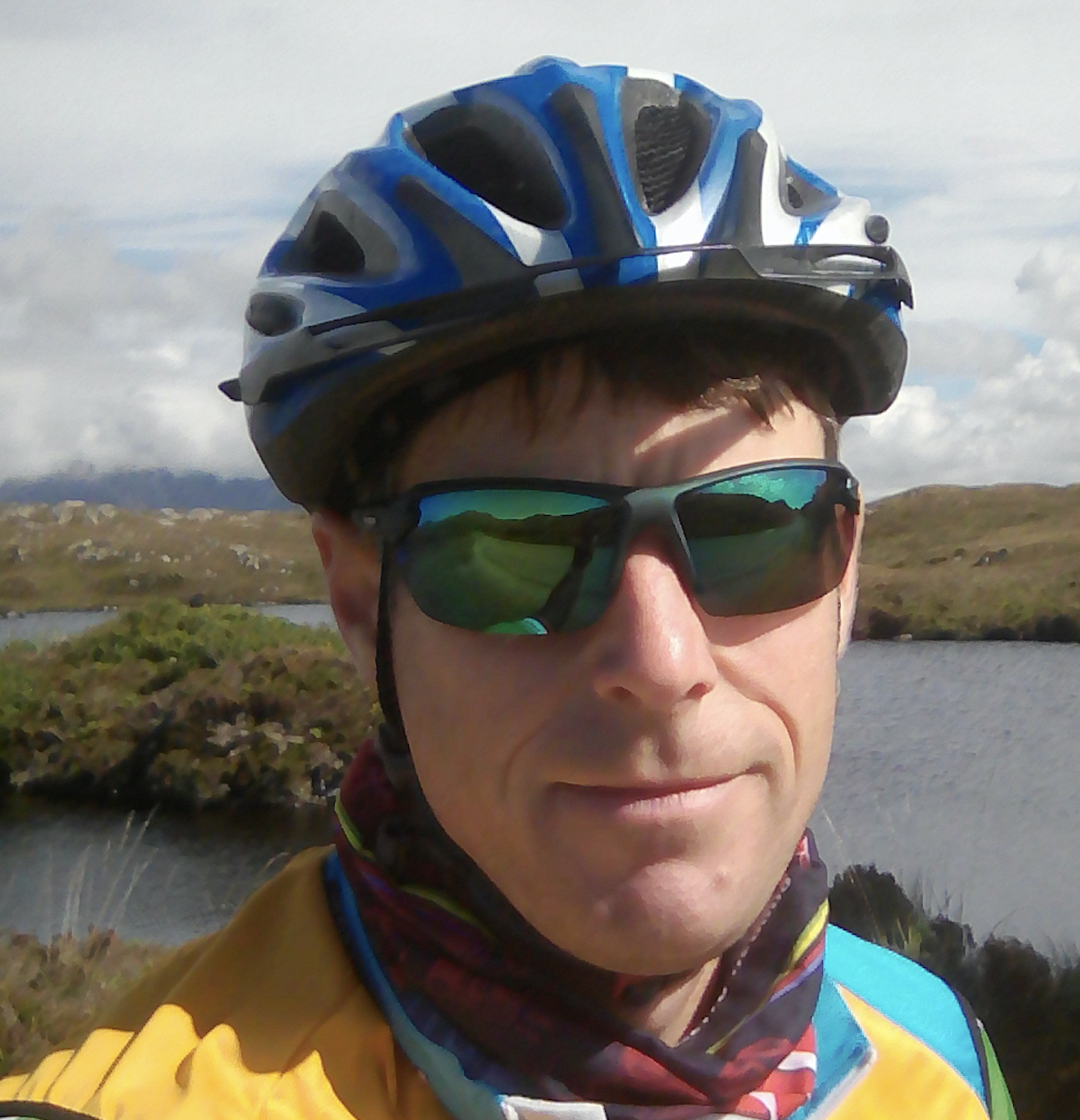True love blossoms on Mull for the protagonists in I Know Where I’m Going!. Young, attractive and fiercely independent social climber Joan Webster meets her unexpected catch on the isle – a heart-throb naval officer, Torquil MacNeil.
One of the greatest silver-screen love stories, I Know Where I’m Going!’s evocative cinematography captures the magic of this Scottish isle, even 75 years on. Blending comedy, romance and dark undertones, the drama begins as Joan (Wendy Hiller) embarks for the fictitious Island of Kiloran to marry an elderly and wealthy industrialist. But a storm maroons her on Mull, where she meets – and soon falls in love with – Torquil (Roger Livesey). In the end, an ancient Celtic curse binds the two together.

Visiting Duart Castle
Shot in 1945 on the island’s south-western peninsula, the Ross of Mull, and Duart Castle on the east coast (among other locations), the film is filled with the windswept sounds of the Atlantic. However, Mull has a calm and indeed romantic side, too. Singletrack roads weave across the rolling landscape, peppered with sheep. Arriving by ferry from Oban, the scene is breathtaking, with the village of Craignure dominated by majestic Duart Castle on its rocky outcrop.

The castle has been the seat of Clan Maclean for over 600 years. Today it is home to Sir Lachlan Maclean, 28th chief of the Clan Maclean. Open to the paying public, one can explore the turbulent past of the clan, the battles and the love stories. It’s an atmospheric place, particularly the keep and dungeons. Magnificence oozes from the banqueting hall and Edwardian state rooms. And one can swoon in the state bedroom and dressing room, furnished for the wartime honeymoon of Lord Maclean and his bride.
Walks around Duart Castle
From the battlements, there are exceptional views across the Sound of Mull. Within the castle grounds, pathways lead through woodland, a red deer habitat, and to the promontory of Duart Point. Complete your walk with refreshments served in an old byre that has been converted into the castle’s tearoom.
A longer, challenging walk on the Ross of Mull leads to the spectacular Carsaig Arches. The remote location has good examples of pentagonal- and hexagonal-sided columns, formed when lava cooled. Look for the white-tailed sea eagle, Britain’s largest bird of prey.
